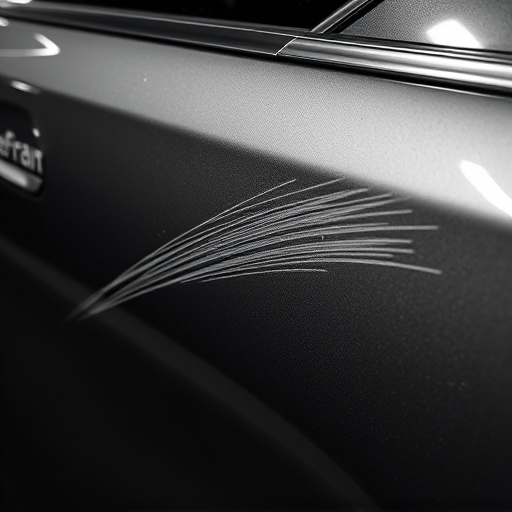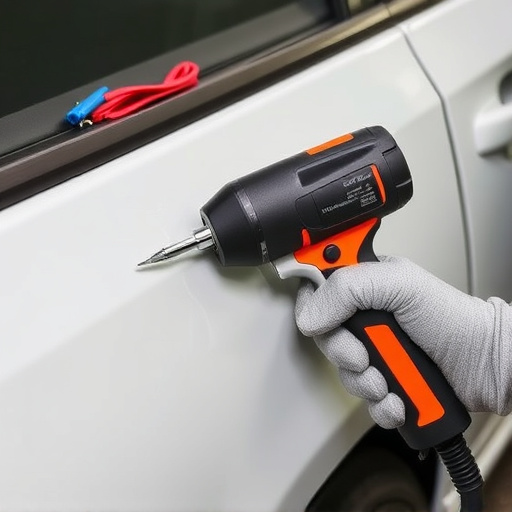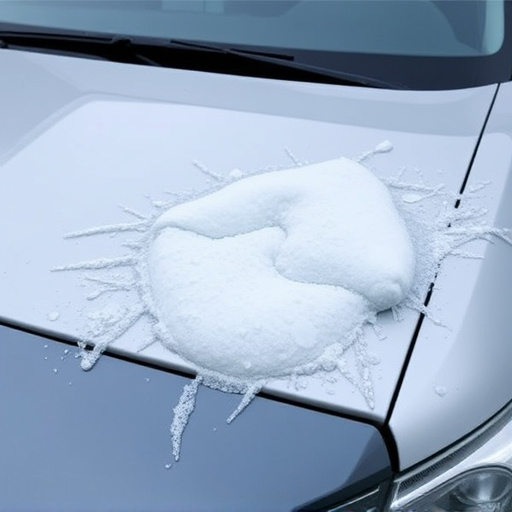Diminished Value Coverage is an insurance policy that compensates individuals for the reduced value of their property after damage, even if reparable. Unlike traditional repair policies, it recognizes that successful restoration doesn't always restore full market appeal or worth due to secondary effects like decreased resale value or aesthetic quality. This coverage is crucial for protecting financial loss from incidents like minor fender benders, ensuring policyholders aren't burdened with costs surpassing repair expenses. Navigating diminished value claims requires thorough documentation of damage and engaging reputable auto body services, while understanding insurance adjuster considerations and keeping detailed records for a compelling case.
“Uncover the power of diminished value coverage, a game-changer in insurance that goes beyond traditional protection. This article guides you through the concept, revealing how it can significantly benefit policyholders. From understanding its unique value to navigating claims efficiently, we explore strategies for maximizing this advantage.
Learn about the benefits, including financial security and peace of mind, and discover best practices for managing diminished value claims. Embrace a new level of protection and ensure your assets’ true worth is recognized.”
- What is Diminished Value Coverage?
- How Does it Benefit Policyholders?
- Navigating Diminished Value Claims: Tips and Best Practices
What is Diminished Value Coverage?

Diminished Value Coverage is a type of insurance policy designed to compensate individuals for the reduced value of their property after it has been damaged or involved in an incident, even if it’s reparable. This coverage goes beyond traditional repairs by acknowledging that even with successful restoration, the asset may never fully regain its original worth and market appeal. Specifically, it addresses the secondary effects of damage, such as decreased resale value or diminished aesthetic quality in cases like vehicle paint repair and bodywork.
Compared to policies that solely focus on restoring properties to their pre-incident condition through vehicle repair services, Diminished Value Coverage recognizes the complex interplay between damage, repair, and market perception. For instance, a minor fender bender might not leave significant physical marks on a vehicle’s bodywork, yet the psychological impact can be profound, affecting its overall perceived value. This coverage step-in to provide financial assistance for these intangible losses, ensuring that policyholders aren’t left with a vehicle that, despite being mechanically sound, holds a ghost of its former market value due to visible or invisible damage.
How Does it Benefit Policyholders?

Policyholders can significantly benefit from diminished value coverage, which protects against the loss of their vehicle’s worth after an accident or damage. This type of coverage recognizes that even with repairs, a car may not return to its pre-incident condition, leading to a reduced resale value. By including diminished value claims in their policy, drivers can receive compensation for this discrepancy, ensuring they aren’t left with a financial burden that surpasses the cost of repairs.
This benefit is especially valuable when dealing with extensive car bodywork services or auto collision center visits, as it accounts for the complex nature of restoration. In many cases, despite meticulous repair work, certain damages can leave invisible marks, affecting the overall aesthetic and market value of the vehicle. Diminished value coverage steps in to mitigate these losses, providing policyholders with peace of mind and financial security during what could be a stressful time.
Navigating Diminished Value Claims: Tips and Best Practices

Navigating diminished value claims requires a strategic approach, especially for individuals looking to maximize their compensation after an accident. The first step is to thoroughly document the damage and take high-quality photos from various angles. This visual evidence will be crucial when presenting your case to insurance companies or collision repair centers. Engage with reputable auto body services that specialize in accurate appraisals; they can help assess the pre-and post-accident vehicle condition, ensuring a fair assessment.
When dealing with diminished value claims, it’s essential to understand that insurance adjusters will consider various factors, including the severity of the damage, the age and make of your vehicle, and market trends. Keep records of all communications, repair estimates from different centers (including auto painting services), and any documentation related to the incident. Presenting a well-organized and comprehensive dossier can significantly influence the outcome of your claim, ensuring you receive fair compensation for any reduced value in your vehicle post-collision.
Diminished value coverage offers a powerful tool for policyholders to protect their assets from unexpected devaluation. By understanding how this coverage benefits them and implementing best practices for navigating diminished value claims, individuals can ensure they’re adequately insured against these financial setbacks. Remember that proactive management of diminished value claims is key to maximizing compensation and maintaining the value of your possessions.














